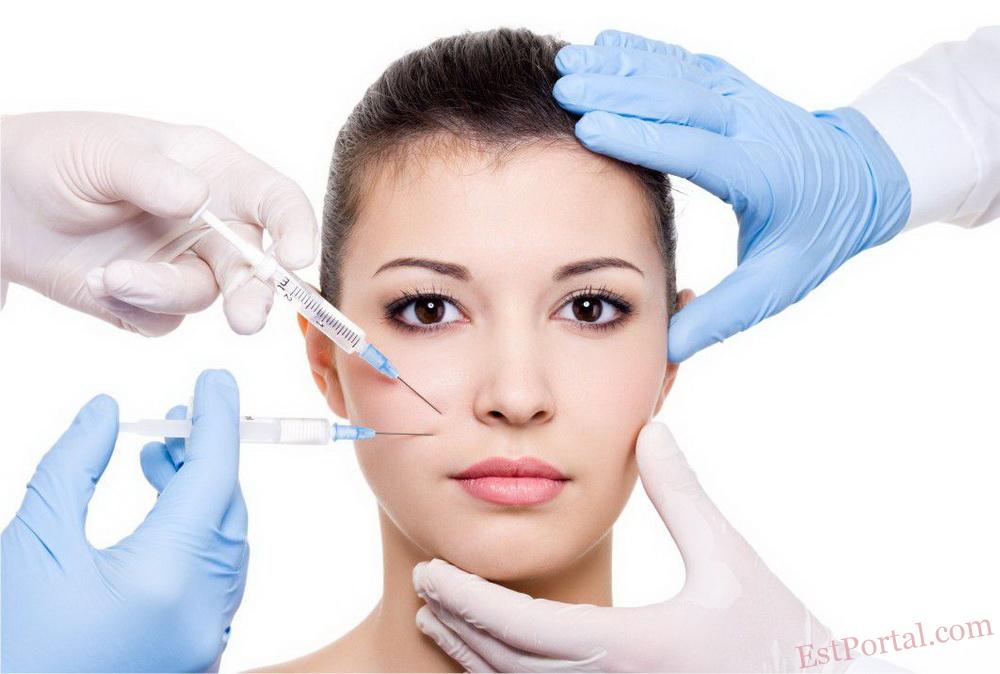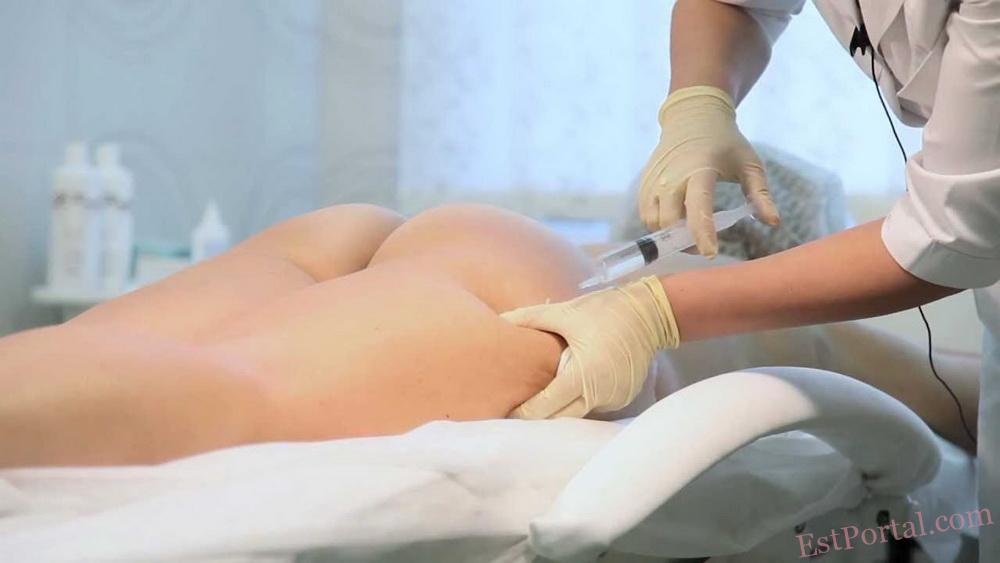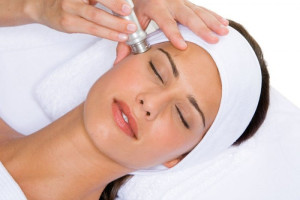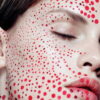
What is Mesotherapy?
The philosophy of mesotherapy aligns with the concept of a simple and innovative therapeutic approach aimed at targeting the area of pathology to enhance effectiveness.
Michel Pistor
Mesotherapy is a method of administering medications intradermally in very low doses, either locally or at a distance from the affected area, to achieve both a pharmacological effect (due to the administered drugs) and a physical stimulation effect (due to the pricks on the skin). This dual approach yields positive results in treating numerous pathological conditions.
Mesotherapy originated in France in 1952, often by chance. Dr. Pistor administered a subcutaneous painkiller to a patient, which not only relieved the patient's pain but also resolved other unrelated issues.
Mesotherapy is used across various medical fields, including dermatology, dentistry, gastroenterology, gynecology, and neurology. However, its application is particularly advanced in cosmetology and aesthetic medicine. Mesotherapy is viewed as the future of cosmetology, bridging the gap between simple cosmetic product application and surgical intervention.
Areas of Application
Dermatology:
- Acne and post-acne scars;
- Chronic dermatoses;
- Warts;
- Herpes;
- Shingles;
- Hair loss.
Therapeutic Cosmetology and Aesthetic Medicine:
- Wrinkles;
- Hyperpigmentation;
- Cellulite;
- Stretch marks (atrophic striae);
- Post-surgical rehabilitation courses;
- Vascular pathologies – telangiectasia, varicose veins;
- Keloids;
- Xanthelasmas – lipid (cholesterol) deposits on the inner corners of the eyelids.
The principle of the method lies in the targeted action of the medication on a specific area. Unlike conventional injections or oral medication, where the drug affects the entire body and only a small part reaches the target area, mesotherapy focuses on local treatment.
Application Method
A special cocktail of various drugs is administered in microscopic doses using very thin, short needles, superficially (up to a depth of 1.5 mm). The composition depends on the specific problem being addressed. The treatment can be applied to any area of the body. For comparison, body wraps, for example, are not always recommended for the abdominal area.
The treatment rhythm for mesotherapy is once a week. Noticeable results are typically observed after the third session.
Mesotherapy Techniques (Drug Administration Methods):
- Retrograde technique – the needle is fully inserted into the treated area and, as it is slowly withdrawn, micro-doses of the drug are gradually administered;
- Intradermal technique – multiple injections at varying frequencies, at a depth of less than 4 mm;
- Intradermal papule – the correct depth is indicated by the formation of a papule when about 0.1 ml of the drug is injected.
Side Effects of Mesotherapy
Pain. This is the first and most common side effect. Anatomically, the hands, legs, inner thighs, knees, and neck are sensitive areas for injections. Conversely, some areas of the back, face, and scalp are nearly painless. Pain can be reduced through local anesthesia.
Erythema. Redness of the skin is very common, caused by both the injection itself and the administered drug. To alleviate erythema, a vasoconstrictive agent can be applied post-procedure.
Bruising may also occur, influenced by changes in blood coagulation parameters and the individual characteristics of the patient’s skin.
Patient Guidelines During Mesotherapy
- Avoid saunas and baths;
- Avoid excessive physical exertion and gym workouts (except for yoga and relaxation programs);
- Do not use cosmetic or therapeutic methods without the cosmetologist’s approval;
- Inform the cosmetologist of any medications being taken prior to starting the procedure.
Indications
- Lifting;
- Increased skin firmness and elasticity;
- Strengthening of hair;
- Correction of age-related changes, such as a less defined facial contour, double chin, and sagging skin on the neck and décolleté;
- Various types of lipodystrophy and cellulite.
Advantages of Mesotherapy
Physiological Nature – The non-toxic composition not only aids in detoxifying the body but also enhances its overall condition. Patients report relief from headaches, mood elevation, improved sleep, and more.
No Age Limitations.
Long-lasting Results from the treatment course. For instance, in the case of cellulite treatment, results can last for up to a year without additional procedures.
Nataliya CHAYKA – Editor of ESTportal, Aesthetic Doctor











